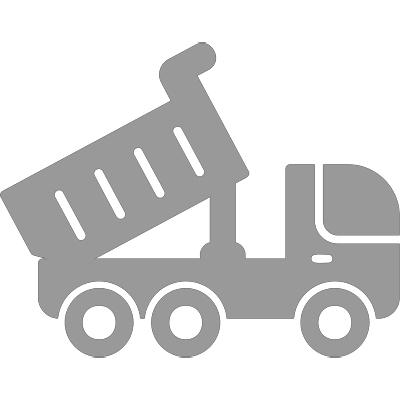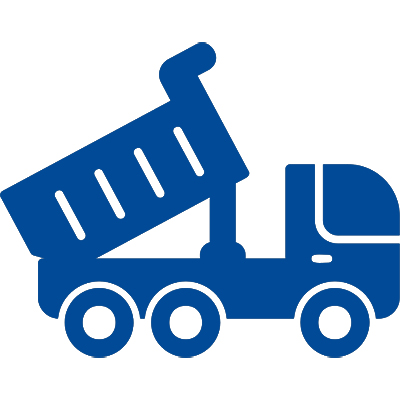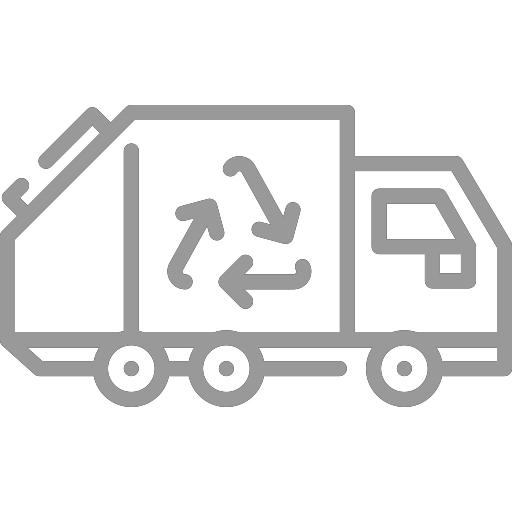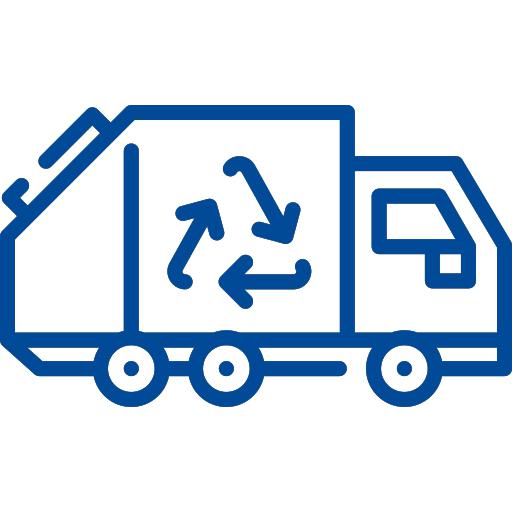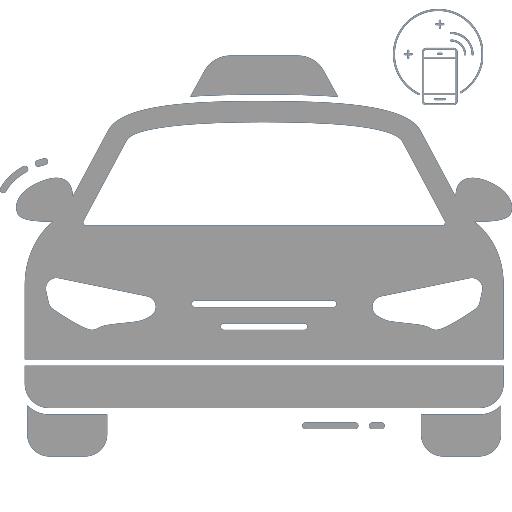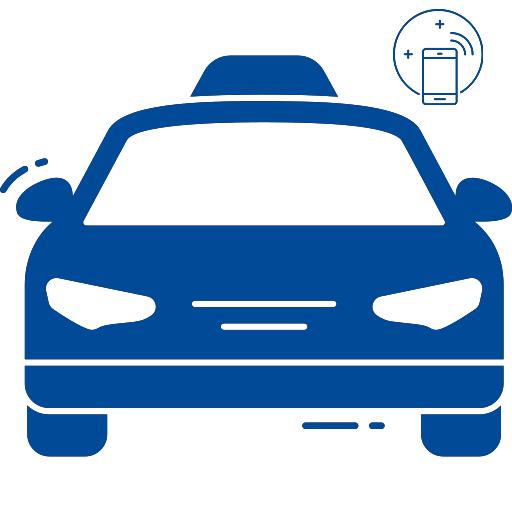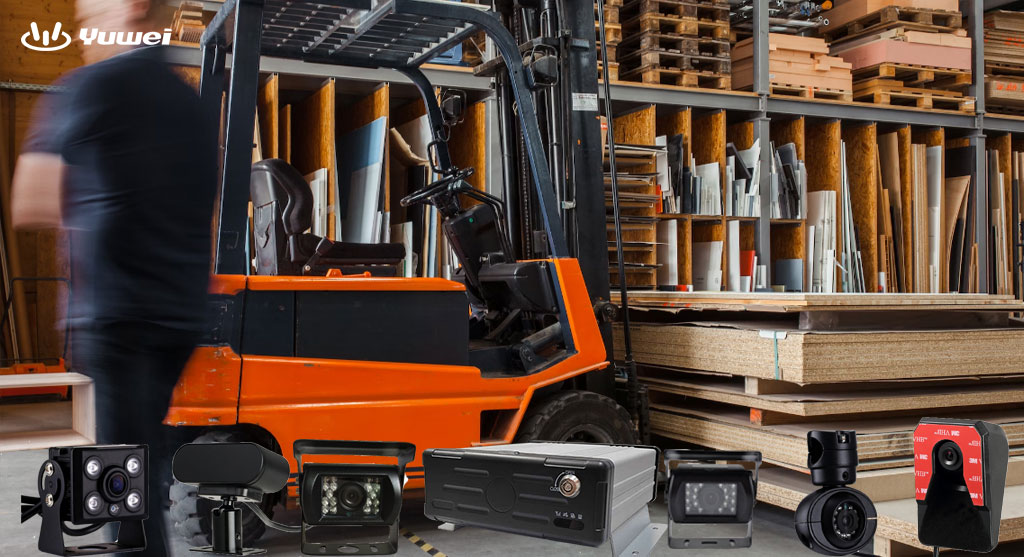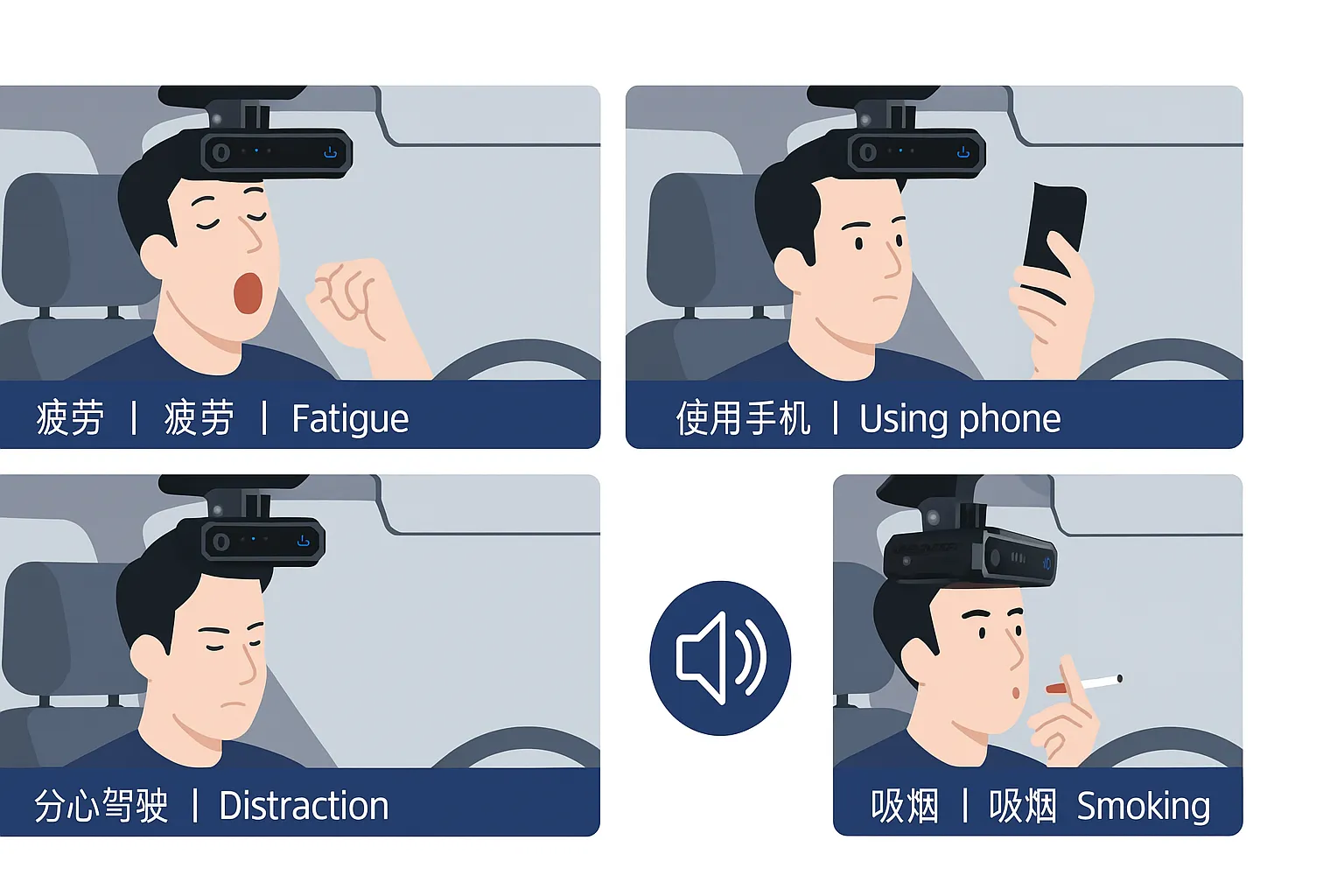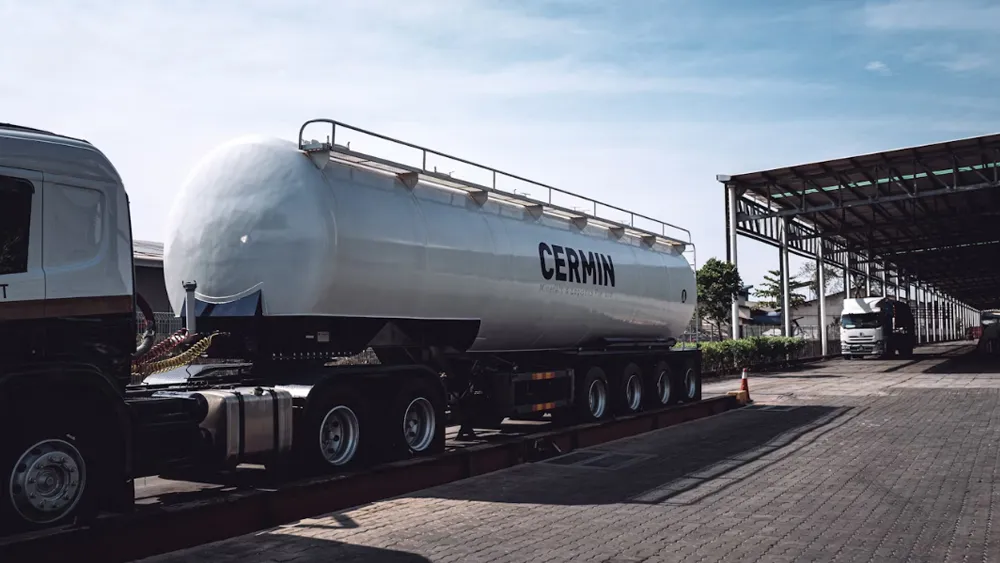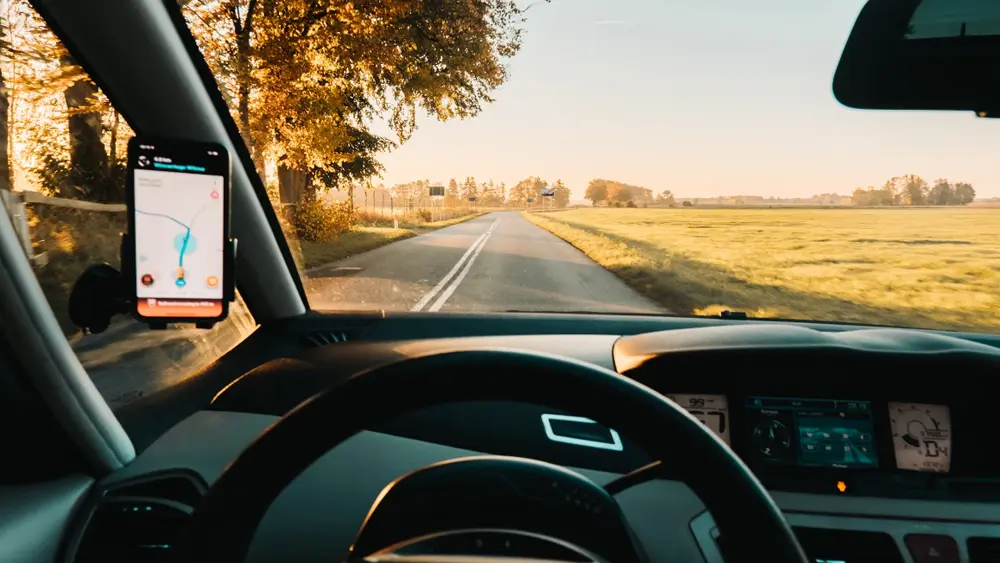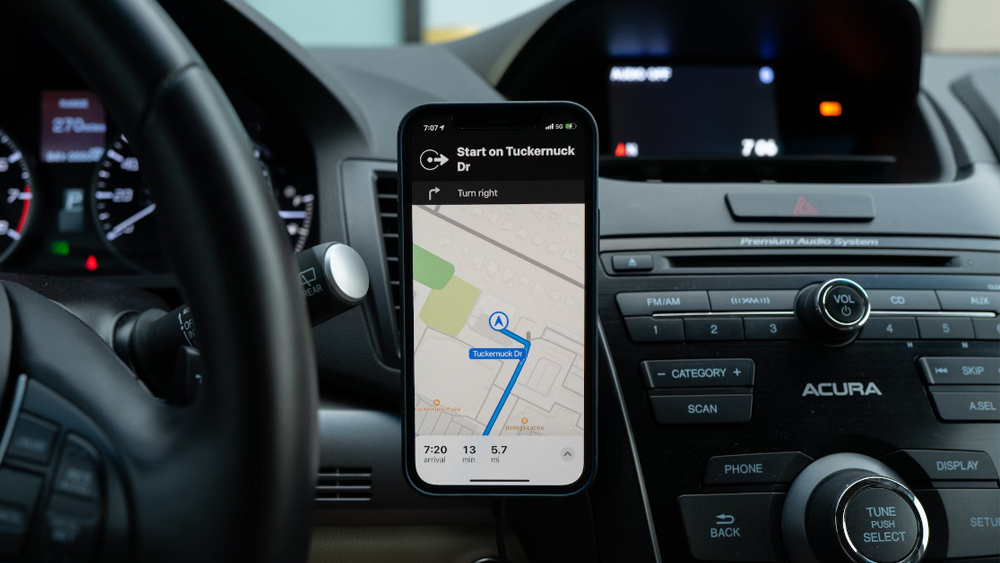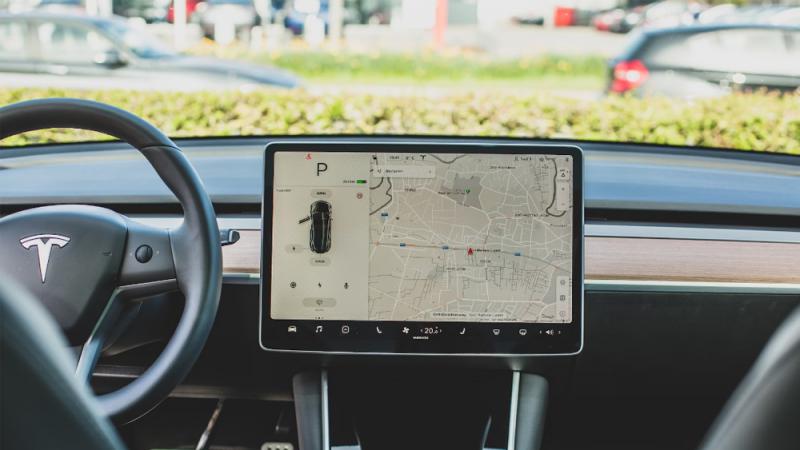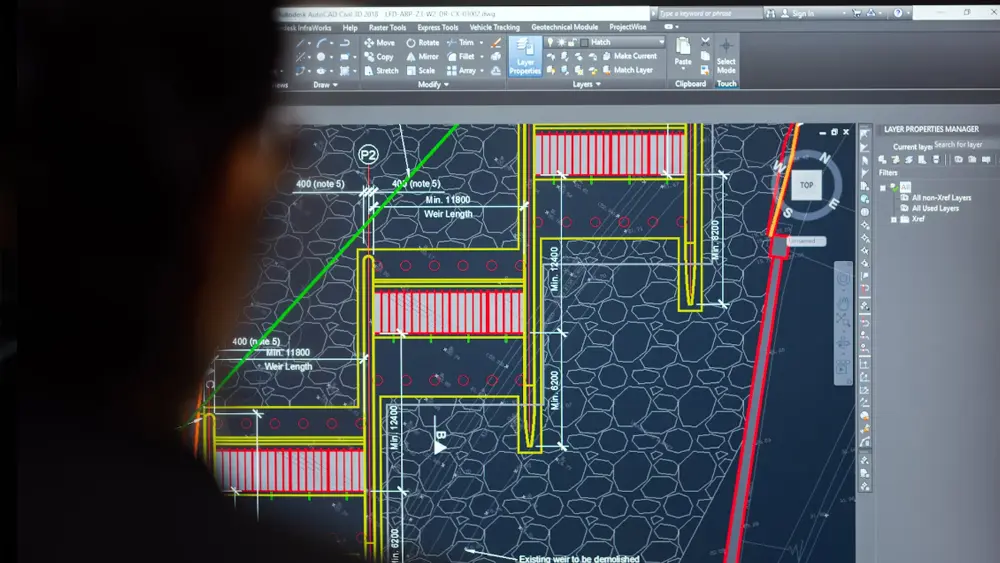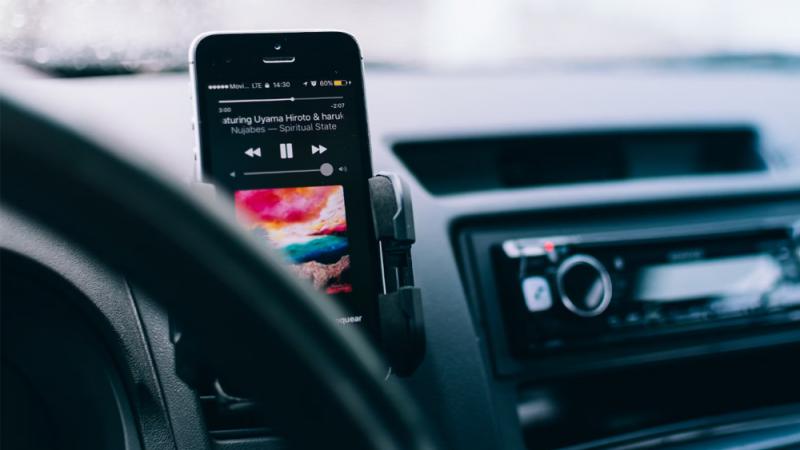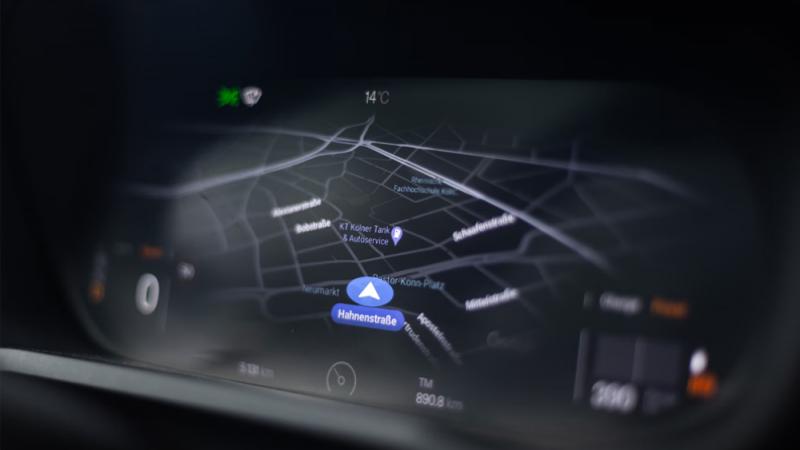Fleet Dash Cam vs. Personal Dash Cam: Key Differences
Fleet Dash Cam vs. Personal Dash Cam
In recent years, consumer-grade dash cams for personal use have gradually faded from public view, with few of them seen at domestic trade shows. In contrast, fleet dash cams for commercial use have been emerging rapidly, showing up at major international trade fairs. At the Dubai Intersec exhibition earlier this year, YUWEI's fleet dash cam attracted global fleet managers' attention due to its powerful AI features and compact design, consistently ranking among the top three most popular products on third-party overseas export platforms.
You might be wondering, what are the differences between fleet dash cams for commercial vehicles and personal dash cams? Is it just the number of vehicles they serve? When choosing a dash cam, what factors do we typically consider? Although both types of dash cams are used to record driving footage to prevent accidents and provide key evidence for liability, their differences are generally based on different customer needs:
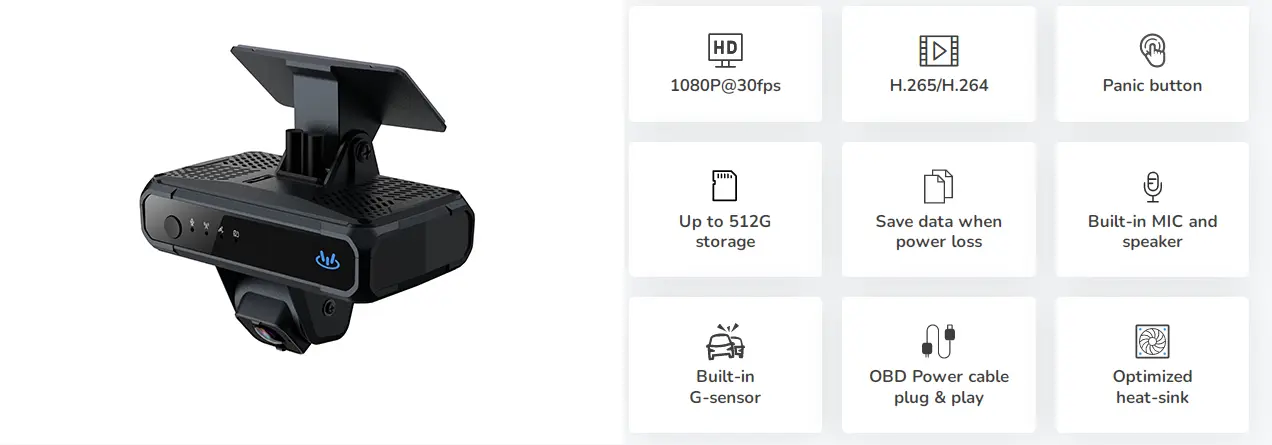
1. Features
Fleet dash cams are typically equipped with features specifically designed for fleet management, such as 4G network communication, GPS tracking, real-time monitoring previews, driver behavior analysis (including harsh braking, speeding), Driver Monitoring System (DMS), and seamless integration with fleet management software. They usually come with front and rear cameras built into the body and can support additional cameras to cover multiple angles, including the front view, cabin, rear view, and cargo area. Typically, these dash cams do not have a screen and upload video data to a cloud management platform via a 4G network, with all videos being managed centrally by a control center.
In contrast, personal dash cams prioritize features aligned with individual preferences, such as high-resolution video recording, ease of file transfer to smartphones or computers, parking mode (for monitoring the vehicle to prevent scratches while parked), and user-friendly designs to ensure simple installation and operation.
2. Cost and Quality
Fleet dash cams are designed for commercial use, often more expensive initially, but they offer excellent durability and reliability over time. They also come with professional installation services and ongoing technical support.
Personal dash cams are available in a variety of price ranges to cater to different customer budgets, making them more affordable. However, their quality varies significantly, with some products priced well below the market average often failing to ensure consistent quality, leading to frequent issues.
3. YUWEI Fleet Dash Cam
YUWEI's fleet dash cam provides a highly reliable and cost-effective solution. With its compact design and powerful features, these dash cams integrate advanced AI-based active safety algorithms, such as ADAS (Advanced Driver Assistance System), which offers warnings for following distance, pedestrian collisions, and lane departure. The DMS can accurately identify risky driving behaviors such as smoking, phone use, fatigue, and distraction, triggering alerts when necessary. Additionally, the built-in scene modes effectively monitor dangerous driving behaviors like harsh braking, sharp turns, rapid acceleration, and sudden deceleration. YUWEI's fleet dash cams are praised for their unparalleled safety and cost-efficiency, consistently ranking among the top three in global third-party e-commerce platforms, and exporting to over 100 countries and regions worldwide.
4. Purpose and Application
Fleet dash cams are primarily used by companies or organizations managing fleets, such as logistics services, taxi companies, and bus companies. Their main goal is to monitor driver behavior, ensure compliance with company policies and safety regulations, and reduce liability in accidents or disputes.
Personal dash cams are typically purchased by individual drivers for personal use in their vehicles. They serve various purposes, including recording scenic views, capturing memorable moments during road trips, providing evidence in accidents or traffic incidents, or simply enhancing personal safety.
Despite these differences, the applications of dash cams often overlap, and users choose based on specific needs and scenarios. For instance, a family driver might use the DMS feature of a fleet dash cam to detect unsafe driving behaviors and proactively warn the driver to prevent accidents. On the other hand, due to different fleet management philosophies, some small private fleets might opt for personal dash cams that are used solely for video recording.
5. Legal and Privacy Considerations
Both types of dash cams raise concerns related to legal and privacy issues, though the extent of these concerns varies depending on their intended use. Fleet dash cams may be subject to specific regulations for commercial vehicle monitoring, while personal dash cams are generally governed by broader privacy laws related to audio and video recording in public spaces.
In conclusion, while fleet dash cams and personal dash cams share similarities in capturing vehicle footage, their designs and features cater to different user needs. Fleet dash cams are designed for practicality, enhancing fleet management efficiency and safety, while personal dash cams focus on consumer appeal, emphasizing ease of use and fulfilling personal driver needs.
For more detailed information on practical applications and solutions to improve fleet safety and operational efficiency, visit YUWEI's official website.
More:GPS Fleet Telematics | School Bus Camera Systems | Backup Camera for Tanker Truck















